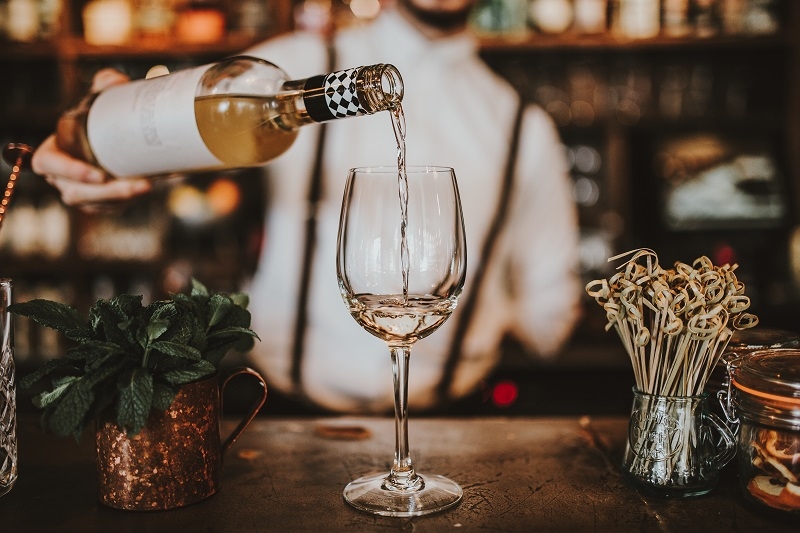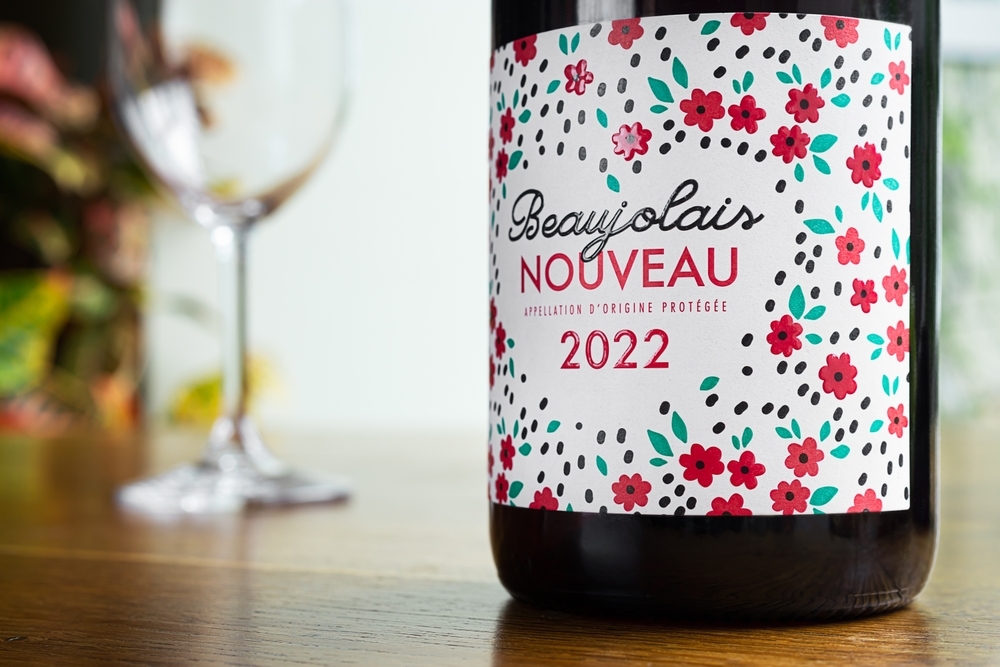The Ultimate Guide To Food And Wine Pairing Ideas

When it comes to pairing wine with food, most people think of red wine and steak or perhaps white wine and seafood. While those combinations do work well, the possibilities for matching your favorite wines with the foods you love are much more extensive than that. Whether you are interested in exploring new flavors or simply looking for a way to make your next home-cooked meal more interesting, pairing wine with food is a great way to add another dimension to your dining experience. Who knows? You might even discover a new favorite wine by experimenting with different flavors. Here we explore some of the most popular ways of matching wine with food from classic pairings such as steak and blue cheese to more unusual ideas like matching sauvignon blanc with salmon or goose liver pt.
What is Food Pairing?
Food pairing is the process of selecting wines or beverages that go well with a particular dish or meal. Pairing can be as simple as serving red wine with a steak or as complicated as selecting a sparkling wine from a particular winery in a particular year to pair with your favorite fish dish. The key to successful food pairing is to explore the variety of flavors and textures in both the wine and the food and seek out combinations that bring out the best in both. It is also referred to as food and wine matching, food and beverage pairing, or comparative tastings. This is the process of selecting wines or beverages that go well with a particular dish or meal. The basic premise of food pairing is that certain foods have flavors that will either enhance or detract from the flavor of the beverage that you drink with a meal. For example, if you eat an apple with some cheese, the juice from the apple will detract from the flavor of the cheese.
Red Wine and Meat
One of the most common pairings is red wine and meat, particularly red meat such as steak, lamb, or game. The tannins in red wine are thought to be particularly complementary with red meat as they help to both strengthen the flavor of the meat and soften the texture. The best red wines to pair with meat are those that are full-bodied and high in tannins. For example, a Cabernet Sauvignon or a Rioja would be excellent choices. Red wines that are lighter and lack the strong tannins of a Cabernet or a Rioja would not be as suitable for this pairing.
White Wine and Seafood
A classic pairing that you will find in many restaurants, white wine and seafood is a timeless combination. White wines are thought to be particularly suitable for seafood due to their fresh, crisp taste qualities that are thought to work particularly well with fish. For the best seafood and white wine pairing, look for a white wine that is fresh and crisp a Sauvignon Blanc would be a good choice here. White wines that are more buttery or have a strong flavor would not be ideal for the pairing.
Cheese and Wine Pairing
Several different kinds of cheese are commonly paired with wine. Some of the most popular include
Blue cheese (with red wine or port): Blue cheese is very strong in flavor, so it is usually paired with a bold wine such as a red or a port.
Stilton cheese (with port): Stilton cheese is often served with a port. It has a rich, slightly sweet flavor.
Cheddar cheese (with red wine or stout beer): Cheddar is a strong, full-flavored cheese. It is typically paired with a red wine or a stout beer.
Chvre cheese (with Champagne): Chvre is a mild, fresh cheese that is commonly served with Champagne.
Dark Leafy Greens and Light Sparkling Wine
One of the more unusual wine and food pairings, this combination is surprisingly good. Dark leafy greens, such as spinach or arugula, have a very strong flavor so strong that it can overpower certain wines. However, light sparkling wines, such as a sparkling ros or a sparkling white wine, are very delicate in flavor and go well with a wide range of different dishes including dark leafy greens. Sparkling wines pair particularly well with salads and light seafood dishes, as well as with creamy or vegetable-heavy pasta. Softer sparkling wines, such as a still ros or a still white wine, are also suitable for pairing with salads and lighter dishes.
Salmon with Sauvignon Blanc
Salmon is a very versatile dish that can be served in many different ways and paired with a wide range of different wines. Some of the most popular ways to eat salmon include grilled, pan-seared, roasted, or poached. When it comes to choosing the right wine to drink with your salmon, its all about finding the right balance between sweetness and acidity. A wine thats high in acidity (low in sugar) will cut through the fattiness of salmon, preventing it from cloying, and will instead allow the salmons subtle flavors to come through. In general, salmon goes well with lighter wines that have a crisp, fresh flavor. Sauvignon blanc is a good choice here because it has a crisp, fresh flavor and is very light in texture. A Sauvignon blanc is also an excellent choice for pairing with other fish, such as tuna or halibut. These fish have a rich flavor that is complemented by the light, crisp flavor of the wine.
Goose Liver Pt with Merlot or Bordeaux
One of the most common food and wine pairings that you will find in restaurants, the pairing of merlot or Bordeaux with goose liver pt makes for a rich and indulgent combination. Goose liver pt is a very rich and creamy dish that pairs particularly well with a full-bodied red wine. For the best pairing, you should look for a full-bodied red that has a lot of tannins and is high in acidity. Merlot and Bordeaux wines fall into this category and are excellent choices when pairing red wine with food.
Conclusion
There are many different ways to pair wine with food, and it pays to experiment and try new combinations. The best way to discover what works best for you is to try different types of wine with different types of foods. You might be surprised by the results. In general, wines with higher acidity are best for pairing with savory foods, while wines with lower acidity work better with sweet foods. You can also experiment with temperature to achieve different effects. Warmer temperatures bring out the aromatic compounds in wine, while iced wine can be refreshing on a hot day. Whatever your favorite wine and food pairing is, it is worth making sure that it is a good match. If you are not sure whether two things go together, it never hurts to try it out. If you are cooking something new and want to try out various combinations, it is always a good idea to experiment with a small portion first to make sure that it works well together. Remember, no rule says you have to stick to a particular pairing, and the possibilities for matching your favorite wines with the foods you love are more extensive than you might think.
This content was created by AI
No keywords available



